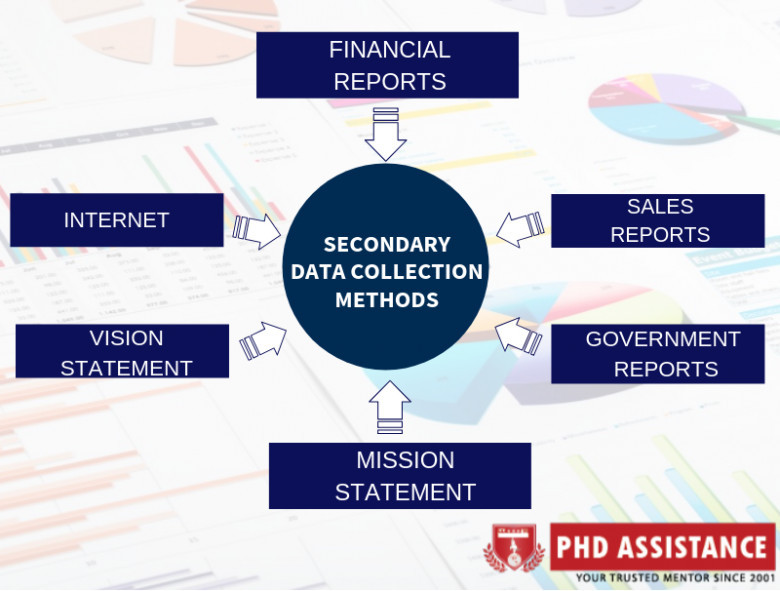views

Data is the need of the hour, and its collection and analysis is the base of any business and research success now. Napoleon Bonaparte more than 200 years ago said about the importance of data or information with his famous quote “War is 90 % information”. . Hence data collection and data analytics is going to be the keys to success in many fields.
Data Collection:
Data collection is the process of collecting and measuring the data on targeted variables through a thoroughly established system to evaluate outcomes by answering relevant questions.
Data Analytics:
Data Analytics is a process that involves the molded data to be examined for interpretation to find out relevant information, propose conclusions, and aid in decision making of research problems.
The differences between data collection and data analytics:
Data collection is gathering of information from various sources, and data analytics is to process them for getting useful insights from it.
The difference between them apart from their primary functions is in their mode of inter-related activities. For data collected from different sources and methods need specific data analysis methods and tools to process and get insights from them.
Some of the different data collecting sources:
Collecting new data from internet and other sources
• Using the previously collected and stored data
• Reusing someone else’s data
• Purchasing data
The data collection methods depend on the following:
The research problem under study
• The research design
• The information gathered about the variable
Depending on the above, there are two data collection methods:
Primary data collection methods:

The data collected for the first time by the researcher, which is original is the primary data. It is collected for unique problem research on which anyone has done no other related examinations. The results of such studies are precisely using the primary data collected by the researcher. But it is time-consuming and costly.
Secondary Data Collection Methods:

It is the second-hand data provided by someone else for research work. It must have already been passed through the statistical analysis. The difference between the primary and secondary data is that the results of the secondary will not be so authentic as primary and comparatively it is less expensive and readily available than the primary data.
Different types data management as per its collection methods:
As per the collection method, the managing of the data will require different management methods, which include:
Quantitative information:

It is the numerical information obtained from quantitative research methods like surveys of populations and repeated experimental procedures. During their recording, it is pertinent to include detailed information like dates, place of collection, units of measurements, and its methods.
Qualitative Information:

Non numerical information which is collected in the form of video and audio is the qualitative data information. It could be transcribed in the written form later.
Working your data:
The data the researcher collects is often in the bulky form, which needs to be summarized before getting conclusions from them. It may be in the form of spreadsheets of numerical data, transcripts or interviews or descriptions.
Presenting your data:
When writing a thesis it is essential to portray the data in the form of tables, figures, to demonstrate the point profoundly.
Summary of the differences between data collection and analytics:
Data collection is the process of gathering required information by primary or secondary methods and managing them in the right format.
Data analytics is the the next step of data collection and here the managed data is checked and cross-checked for quality. It also finds out the missing information and irrelevant information along with ways for utilizing and validating them.












